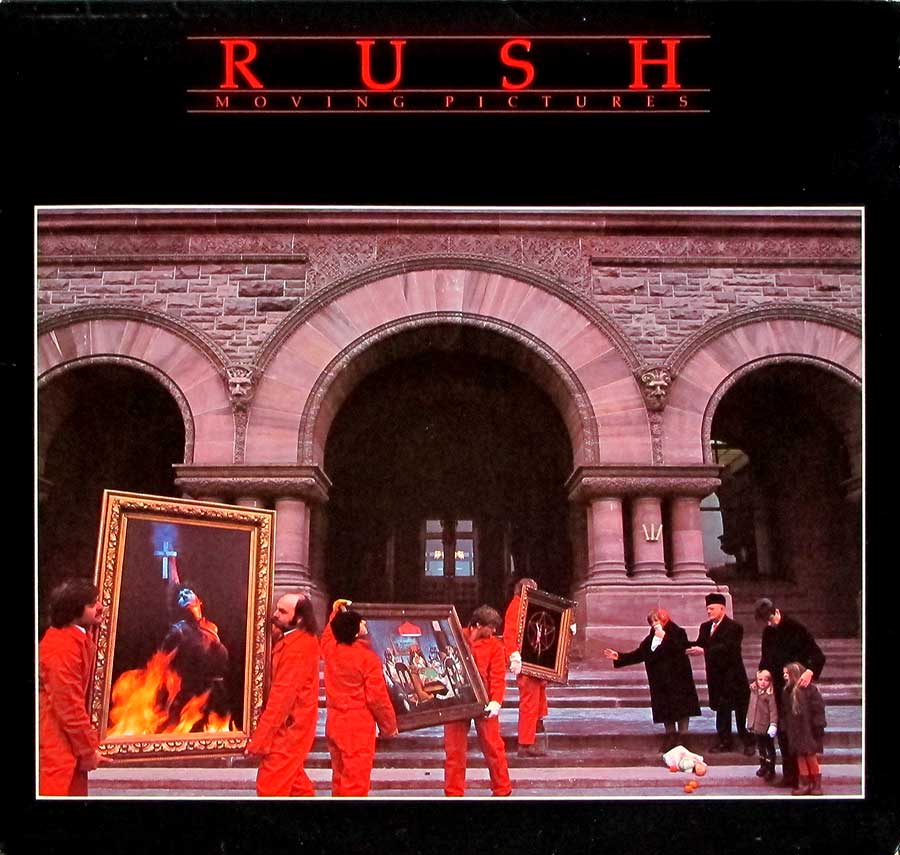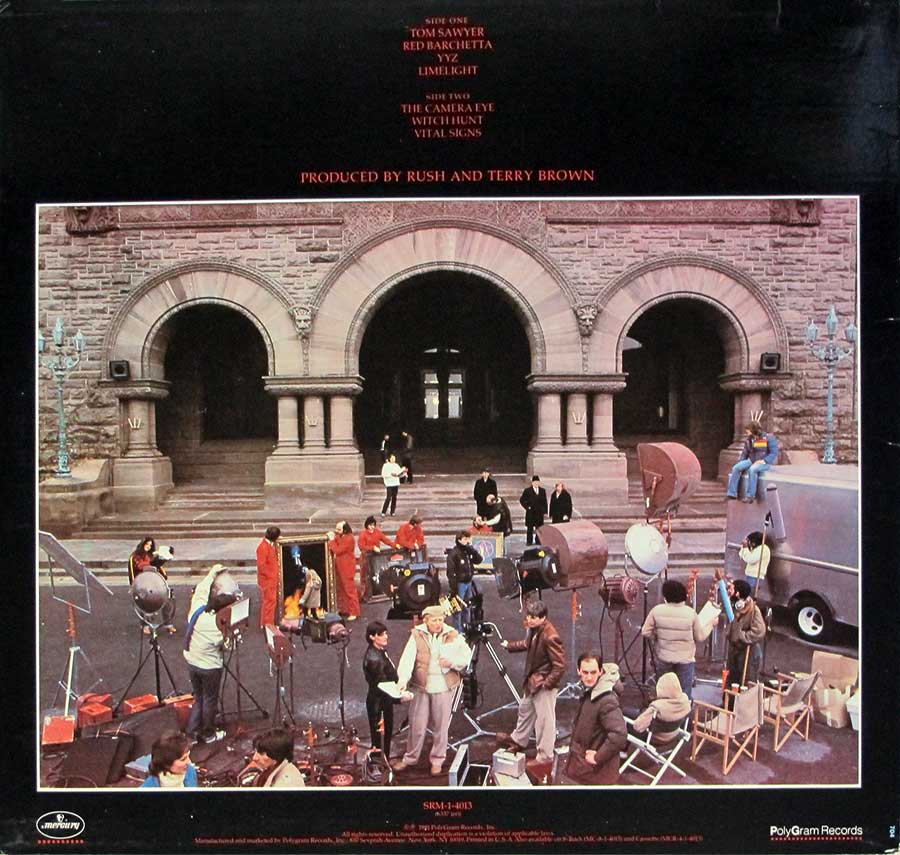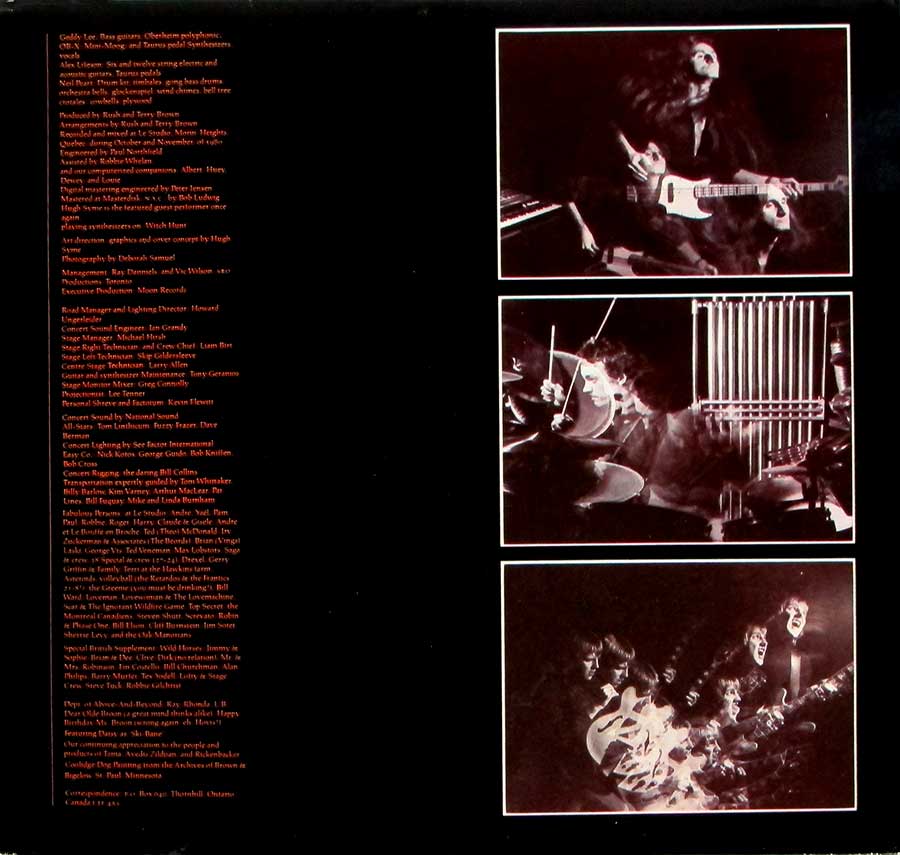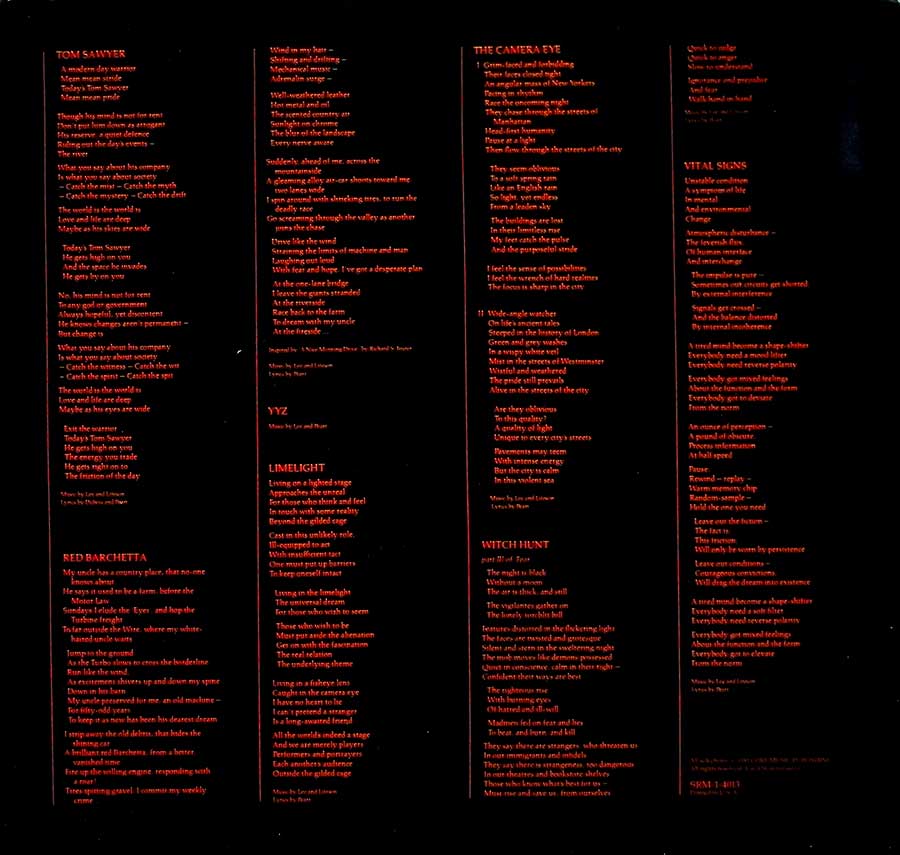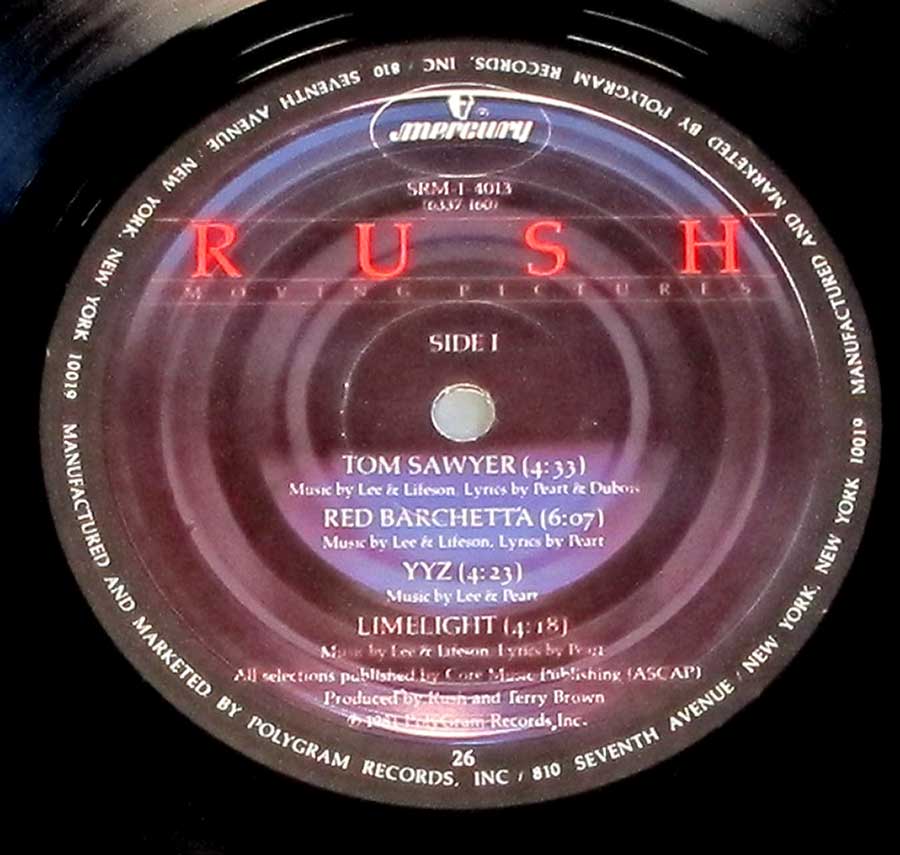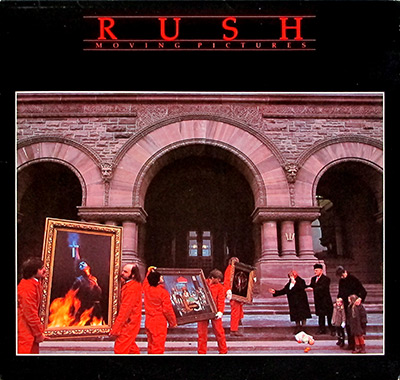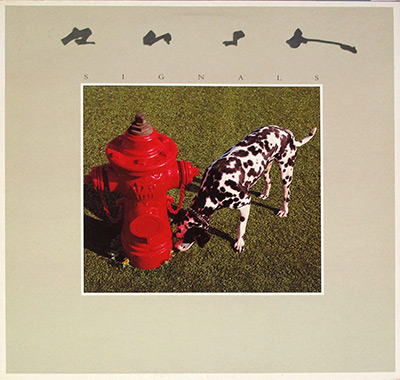"Moving Pictures" Album Description:
Released in 1981, "Moving Pictures" stands as a seminal work by the iconic Canadian rock band Rush. This genuine USA release 12" LP vinyl album represents a pinnacle moment in the band's career, showcasing their exceptional musicianship, thought-provoking lyrics, and innovative sound. Recorded at Le Studio in Quebec, Canada, this album remains a testament to Rush's artistic brilliance and enduring influence.
The Vinyl Listening Experience
Listening to "Moving Pictures" on a 12" LP vinyl album offers a uniquely immersive experience. The warm analog sound of the vinyl medium adds depth and richness to the music, bringing every nuance of the band's performance to life.
From the punchy basslines to the intricate guitar work and dynamic drumming, each instrument finds its rightful place, enveloping the listener in a sonic journey that only vinyl can provide.
Musicianship and Sound
"Moving Pictures" showcases Rush's virtuosity and innovative approach to rock music. The album seamlessly blends progressive rock, hard rock, and elements of new wave, creating a sound that is both technically impressive and commercially accessible.
Geddy Lee's soaring vocals, Alex Lifeson's intricate guitar melodies, and Neil Peart's awe-inspiring drumming coalesce into a musical tapestry that pushes boundaries and defies genre conventions.
Track Highlights
The album opens with the iconic "Tom Sawyer", a song that exemplifies Rush's ability to craft catchy, anthemic rock tunes with intelligent lyrics. The energetic "Red Barchetta" takes listeners on a thrilling ride, while "Limelight" explores the struggles of fame and self-identity.
Other standout tracks, such as the epic instrumental "YYZ" and the emotive "The Camera Eye", further demonstrate Rush's range and songwriting prowess.
Lyrics and Themes
Lyrically, "Moving Pictures" delves into a range of thought-provoking themes. From social commentary and philosophical musings to introspective reflections on personal growth and the human experience, the album offers a profound lyrical journey.
Neil Peart's poetic and introspective lyrics add an additional layer of depth to the music, encouraging listeners to reflect on the world around them and their place within it.
Cultural and Musical Impact
"Moving Pictures" stands as a testament to Rush's enduring influence on the rock music landscape. The album's innovative sound and technical prowess inspired countless musicians and bands across various genres.
Rush's unique blend of progressive and hard rock elements, coupled with their uncompromising dedication to their craft, paved the way for a new wave of rock music in the 1980s and beyond.
Album Artwork
The genuine 12" LP vinyl edition of "Moving Pictures" also highlights the importance of album cover art. Designed by Hugh Syme, the iconic cover employs a triple visual pun: it shows workers physically 'moving pictures' (paintings) and people emotionally 'moving' (crying), with the entire scene constituting a 'moving picture' (film). The photograph was shot at the Ontario Legislature in Toronto, not against a black background.
